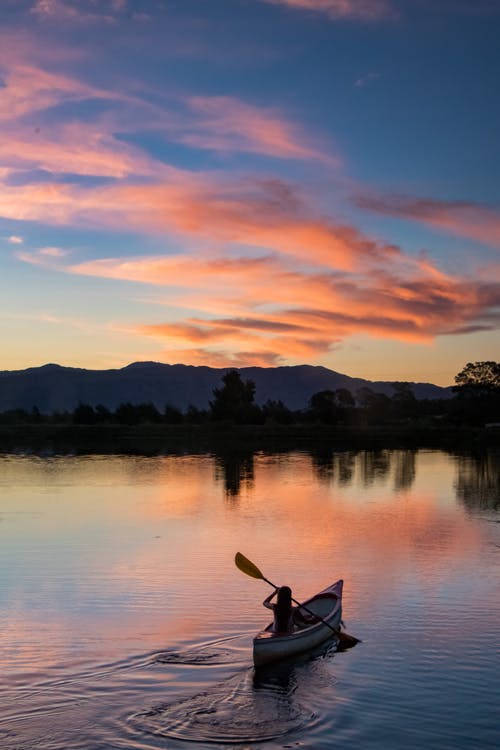The canoe is one of the reliable boating choices for most people. Therefore, figuring out how to paddle a canoe can take some training. Do you know that taking a canoe alone or with friends and family out is an incredible method to enjoy the water? I have prepared this concise guide to show you a couple of essential tips needed so you can securely paddle a kayak in any kind of stream.
Although solo paddling is consistently is best, nothing moves a kayak in a way that is better than a coordinated tandem team.
Step-by-step instructions to hold a canoe paddle
Before you can appropriately hold a kayak paddle, you’ll start by setting your hand on the top grip. In the interim, put your lower hand close to the lower part of the oar shaft.
A typical error is keeping your hand excessively high or excessively low.
How To Paddle A Canoe
Fortunately, there are ways to turn even an amateur paddler into a quiet, effective paddler. Here are the tips to make you a smart paddler:
- Balance the boat
The most ideal approach to discover the equilibrium point of the canoe is to sit in the boat and figure out it. Generally, the equilibrium point will be around the center of the kayak.
Also, If you’ve not paddled a kayak before and are scared of capsizing, then stooping behind the centerline will give you better balance and is more stable.
- The stern is for control.
In case you’re sitting in the stern, or the back, paddle in a state of harmony with your bow band together with your oar on the contrary side of the kayak. Recognize and steer the overall course.
- The bow is for power
In case you’re sitting in the front you give forward force and amendment strokes when the boat meanders. You set the stroke rhythm with a consistent mood and are the post, distinguishing hindrances and making course redresses. The draw is a bow paddler’s key adjustment stroke. Rather than utilizing the oar to push the kayak forward, you’re utilizing it to pull—or draw—the bow toward the oar, in this way altering the boat’s course. It’s extraordinary for staying away from rocks.
- Forward power stroke
It’s advised to keep your forward strokes near the craft. It will limit the distance the kayak floats to one side contingent upon which side you’re rowing. Any forward strokes made on the correct side will make the specialty need to move to one side, and the other way around.
- Do not paddle a canoe with fear
Please, do not paddle a canoe with fear to avoid the canoe from capsizing. In waves or whitewater, drop from a situated position straightforwardly to your knees if things feel unpredictable. This brings down your focal point of gravity and places you in the most secure position. Second, take a stroke, and stroke. Get that paddle in the water. It will go about as an outrigger or support.
- Downriver channel
Also, it’s good to complement the rectifications made in the bow. Paddling a canoe is not as easy as you probably think. Converse with one another.
- Paddle more efficiently
“Full speed ahead” is the default methodology of beginners. As a rule, rowing more enthusiastically just makes awful things happen quicker and all the more significant. All things considered, back-paddle tenderly through standing waves to hold back from overwhelming and to moderate the activity as you read your way through moving water.
Conclusion
In this article, you’ve learned how to paddle a canoe. In addition, the kayaking world is loaded with terrifying and humiliating anecdotes about rapids not explored. At the point when you see something coming up that looks touchy, stop and scout. It’s always worth taking a look and staying safe.

